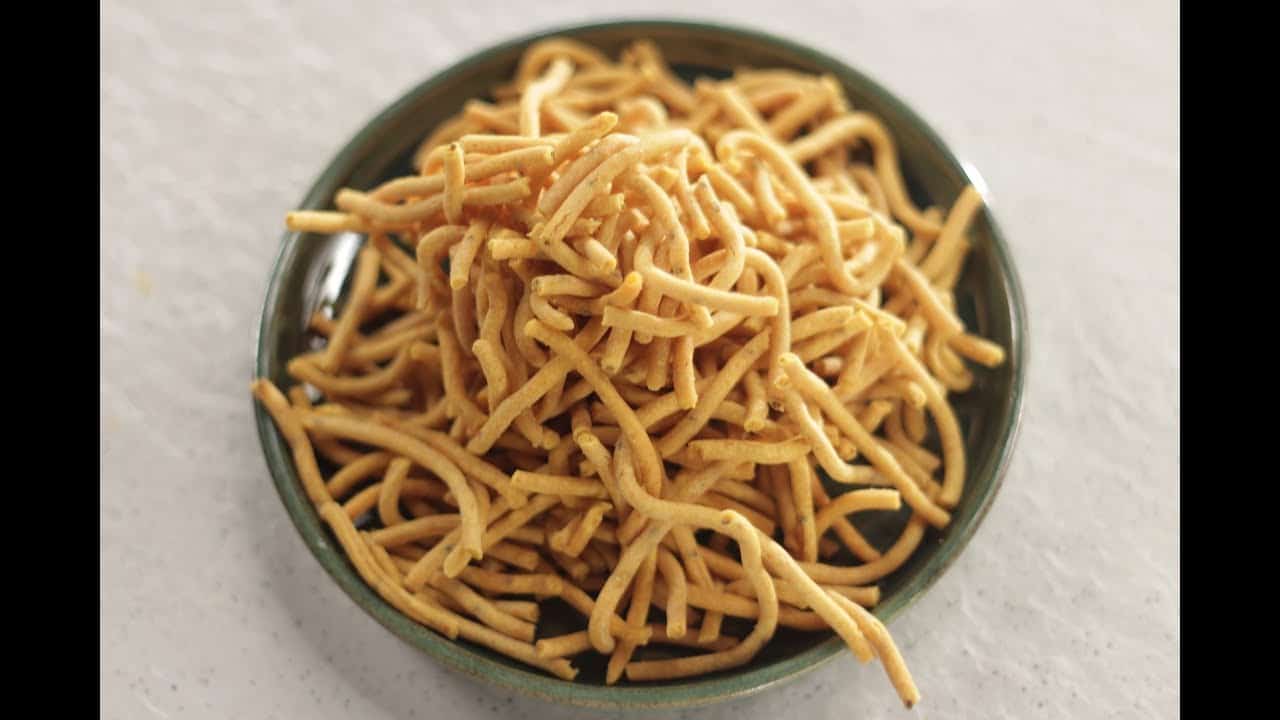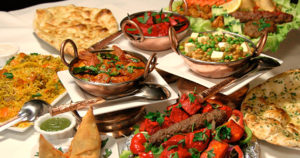Discover the culinary passion and expertise of Chef Shirt in this captivating biography. From humble beginnings to mastering the art of gastronomy, Chef Shirt’s journey will inspire and delight. Explore the secret ingredients behind his signature dishes and the philosophy that drives his culinary creations. Uncover the stories behind the chef’s iconic shirts and how they reflect his personality in the kitchen. Immerse yourself in the world of Chef Shirt and experience a tantalizing blend of culinary excellence and sartorial style. Prepare to be whisked away on a flavorful adventure unlike any other!
Introduction
A chef shirt is more than just a piece of clothing. It is a symbol of the culinary profession, a uniform worn by those who dedicate their lives to the art of cooking. In this biography, we will explore the history and evolution of the chef shirt, from its origins in the late 19th century to its current form in the 21st century. We will examine the different styles, materials, and colors that have been used over the years, as well as the role that the chef shirt plays in the modern culinary world.
Origins
The origins of the chef shirt can be traced back to the late 19th century, when Auguste Escoffier, the father of modern French cuisine, began to revolutionize the way that food was prepared and served. Escoffier believed that a chef’s appearance was just as important as the food he or she prepared, and he insisted that his cooks wear a distinctive uniform that would set them apart from the kitchen staff.
Escoffier’s original chef shirt was made from white cotton, with a double-breasted design and black buttons. The shirt was long-sleeved, with a high collar that could be turned up to protect the chef’s neck from hot liquids and splatters. The shirt was also designed to be loose-fitting, to allow for ease of movement in the kitchen.
Evolution
Over the years, the chef shirt has evolved to meet the changing needs of the culinary profession. In the early 20th century, the double-breasted design was replaced by a single-breasted style, which was more practical and comfortable for chefs to wear. The high collar was also eliminated, in favor of a more open neck design that allowed for better ventilation in the hot and steamy kitchen environment.
In the 1950s and 60s, the chef shirt began to incorporate new materials and colors. Polyester and other synthetic fabrics were introduced, which were more durable and resistant to stains than cotton. Bold colors such as red, blue, and green were also used, which added a touch of style and personality to the chef’s uniform.
By the 1970s, the chef shirt had become an iconic symbol of the culinary profession. Chefs around the world wore their distinctive white coats and black-and-white checkered pants, along with their signature chef hats and aprons. The chef shirt had become a symbol of professionalism and expertise, and it was worn with pride by chefs at all levels of the culinary industry.
Modern Era
Today, the chef shirt continues to evolve to meet the demands of the modern culinary world. Chefs are now using high-tech fabrics that are breathable, moisture-wicking, and antimicrobial, which help to keep them cool and comfortable in the hot and humid kitchen environment. Some chefs are also experimenting with new styles and colors, such as short-sleeved shirts, fitted designs, and bold patterns.
Despite these changes, the traditional white chef shirt remains the most popular and iconic style. It is still the most widely recognized symbol of the culinary profession, and it is worn by chefs in restaurants, hotels, and catering companies around the world. The white color symbolizes purity, cleanliness, and professionalism, and it helps to convey a sense of authority and expertise to diners and kitchen staff alike.
Conclusion
The chef shirt is more than just a piece of clothing. It is a symbol of the culinary profession, a badge of honor worn by those who dedicate their lives to the art of cooking. Over the years, the chef shirt has evolved to meet the changing needs of the culinary world, incorporating new materials, colors, and styles. Yet despite these changes, the traditional white chef shirt remains the most popular and iconic style, a symbol of professionalism, expertise, and culinary excellence.































